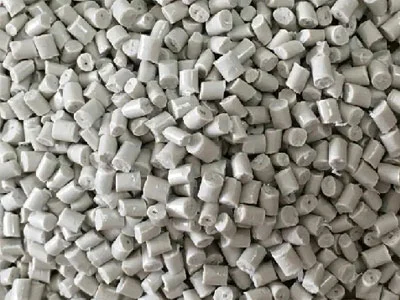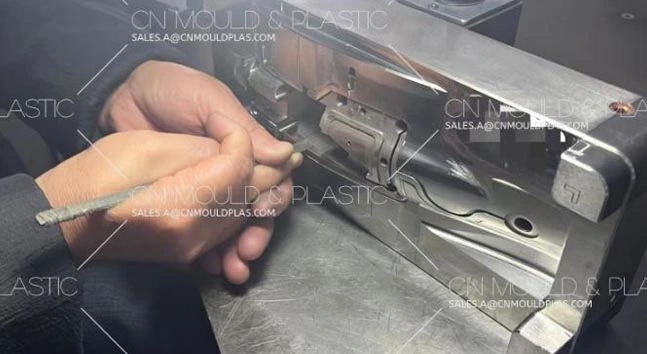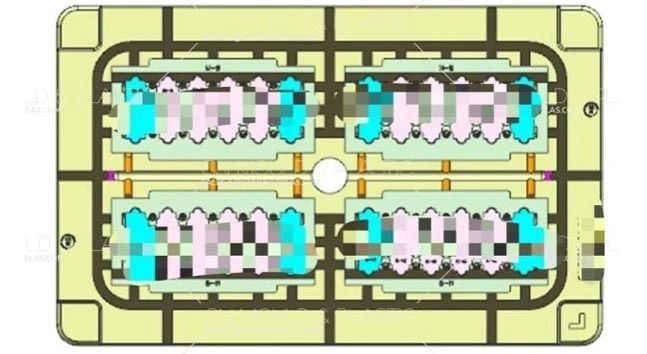12-30
(1) Drawbacks of Polishing Quality Issues1) The edge of the cavity’s inner hole may have collapsed corners, mixed angles, or bruises, and after polishing, the opening of the inner hole may enlarge (c...
ABS plastic is composed of acrylonitrile (A), butadiene (B) and styrene (S). ABS plastic has the common properties of three components, A makes it resistant to chemical corrosion and high temperature, B makes it have high elasticity and toughness, S makes it have the characteristics of thermoplastics and improve electrical properties. Therefore, ABS plastic is a kind of hard material with easy access to raw materials, good comprehensive performance, and cheap price. ABS plastics have been widely used in machinery, electrical, textile, automobile, aircraft, ships and other manufacturing and chemical industries.

| ABS | CYCOLAC™ RESIN MG47F | POLYLAC® PA-777D | Lustran® ABS 433 | ABS AF312A | Unit | Testing Standard |
| Data sheet | ||||||
| Manufacturer | SABIC | CHIMEI | INEOS | LG | ||
| Description | Multi-purpose, injection molding ABS providing a favorable balance of engineering properties. FDA compliant. | Super high heat | Lustran® 433 is a general-purpose injection molding grade of ABS (Acrylonitrile Butadiene Styrene). It is a high impact, high-gloss ABS, available only in natural (NR)and black (BK904000). | Flame Retardant | ||
| Appearance | Natural color | Natural color | Natural color/Black | Natural color | ||
| UL Yellow Card | / | / | E44741-235636 | / | ||
| Physical | Dry | Dry | Dry | Dry | Unit | Test Method |
| Density | 1.04 | 1.06 | / | 1.19(ASTM D792) | g/cm³ | ISO 1183 |
| Mechanical | Dry | Dry | Dry | Dry | Unit | Test Method |
| Tensile Modulus | 2370 | / | 2550(ASTM D638) | 23000 (kg/cm2,ASTM D638) | MPa | ISO 527-2 |
| Tensile Stress(Break) | 35 | 33 | 42.1(ASTM D638) | / | MPa | ISO 527-2 |
| Tensile Strain(Yield) | 2.5 | 34 | 30 (ASTM D638) | 5 (ASTM D638) | % | ISO 527-2 |
| Impact | Dry | Dry | Dry | Dry | Unit | Test Method |
| Charpy Notched Impact Strength(23°C) | 26 | 14 | / | / | kJ/m² | ISO 179/1eA |
| Charpy Unnotched Impact Strength(23°C) | / | / | / | / | kJ/m² | ISO 179/1eU |
| Notched lzod Impact Strength(23°C) | 22 | 13 | 370(J/m²,ASTM D256) | 24(kg·cm/cm ,ASTM D256) | kJ/m² | ISO 180/1A |
| Thermal | Dry | Dry | Dry | Dry | Unit | Test Method |
| Heat Deflection Temperature at 1.8 Mpa | 81 | 97 | 85(ASTM D648) | 76(ASTM D648) | °C | ISO 75-1/-2 |
| Vicat Softening Temp, Rate B/50 | 98 | 117 | / | 83(ASTM D1525) | °C | ISO 306 |
| Melting Temperature | 220~260 | / | / | 200 ~ 230 | °C | ISO 11357-3 |
| Electrical | Dry | Dry | Dry | Dry | Unit | Test Method |
| Comparative Tracking Index | 0 | / | / | / | PLC Code | UL 746A |
| Flammability | Dry | Dry | Dry | Dry | Unit | Test Method |
| Flame Class Rating | HB | HB | HB | V-0 | class | UL94 |

